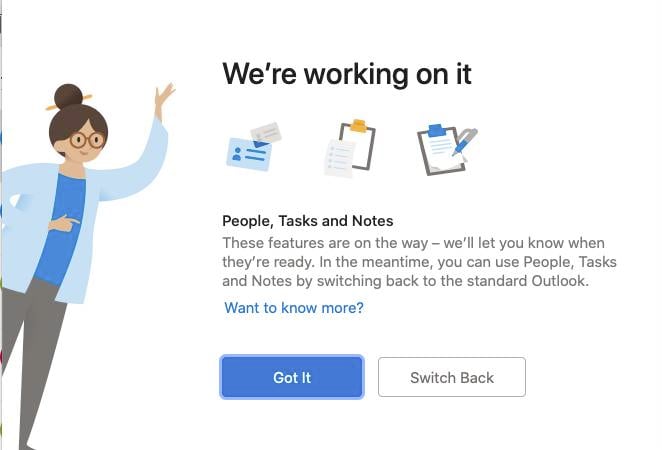

Even as Beijing aspires to build a world-class commercial aviation industry, Boeing’s star in the China market has not dimmed. Yet Boeing’s increased dependence on China is reciprocated by the country’s continued dependence on its planes to fly not just its leaders but also hundreds of millions of Chinese citizens. This development is forcing Boeing to balance Chinese demands for technology transfer with protecting its bottom line and future prospects. Note: Boeing’s revenue from China is derived predominantly from sales of commercial airplanes.įour decades since the formalization of US-China relations, China has grown to become Boeing’s most important national market except the United States (see Figure 1). But with plans for its own commercial jetliner, China is also the only country that can upset the global aviation duopoly that Boeing and Airbus have long enjoyed. China Revenues Now Equate to Almost 20% of Boeing’s Commercial Aircraft Revenues Beijing has regularly played Boeing against Airbus, its European rival, translating its market power into bargaining power during political negotiations.įigure 1. Boeing, as one of the earliest beneficiaries of the US-China rapprochement under Nixon, played a starring role both in prying open markets in China and in American debates on China’s eventual accession to the World Trade Organization (WTO).Īssuming an outsized role in bilateral relations meant the company has both reaped rewards and suffered consequences. It was only natural that Boeing would be fully invested in this international system that the United States was seen to lead-its business depended on globalization.Ī significant part of globalization was integrating China into that international system. After all, the company has long been the United State’s largest exporter by dollar value, has built supply chains around the world, and makes a product whose very purpose is to link distant corners of the globe. From hiring a Chinese student as its first engineer in 1916 and co-founding China’s first aircraft manufacturer in the 1930s, to the latest debates on trade and technology transfer, Boeing’s story is a unique window onto the forces that have both fortified the bilateral relationship and might now pull it apart.Īs the Cold War ended, Boeing became a leading advocate of economic globalization.

In fact, every Chinese leader since Deng Xiaoping has visited Boeing’s factories outside of Seattle.īoeing is hardly a nation-state, but perhaps no company exemplifies the complex and nuanced layers of the US-China relationship as much as this American multinational, the world’s largest aerospace company. In those intervening 44 years, Boeing had been the preferred aircraft for every American and Chinese head of state between Nixon and Xi. When Chinese President Xi Jinping arrived in Washington, DC in 2015 for a state visit, he stepped off a retrofitted Boeing 747 emblazoned with Air China insignia. When Henry Kissinger embarked on his secret mission in 1971 to lay the groundwork for President Richard Nixon’s historic trip to China, he was shuttled from Islamabad to Beijing in a Boeing 707.


 0 kommentar(er)
0 kommentar(er)
